13 Forgotten Car Brands That Shaped American Auto History
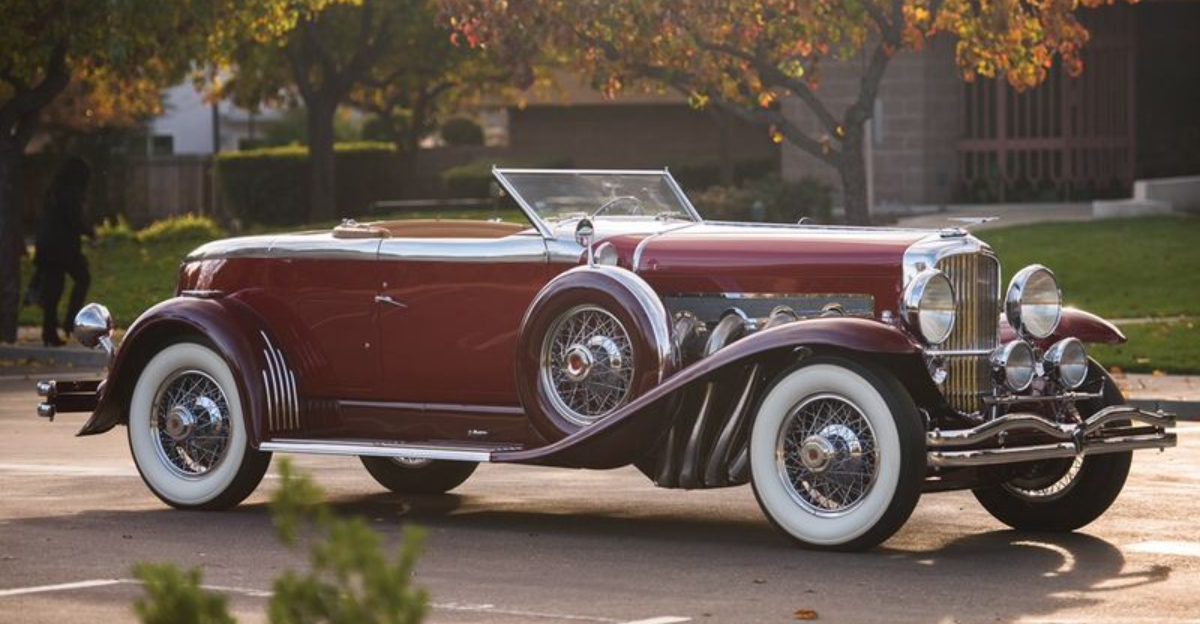
The American automotive industry is filled with legends, but not every brand was lucky enough to stand the test of time. Over the decades, many once-thriving car companies made their mark with bold innovations, stylish designs, and engineering breakthroughs, only to eventually disappear into the pages of history.
Some of these brands were pioneers of new technology, while others failed due to mismanagement, market shifts, or corporate mergers. Though they may no longer exist, their influence still echoes in modern car design and engineering.
1. Tucker
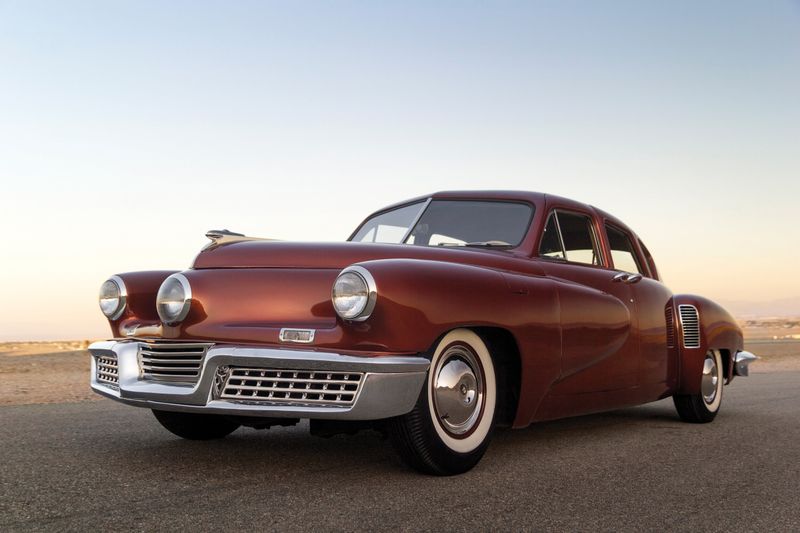
Tucker’s daring vision brought us the futuristic Tucker 48, a vehicle way ahead of its era. It introduced features like a swiveling center headlight and a rear-engine layout.
Such innovations promised a revolution in safety and design, but legal challenges and financial woes halted production after just 51 models.
Yet, Tucker’s legacy lives on, inspiring automotive safety enhancements in today’s vehicles.
2. DeSoto
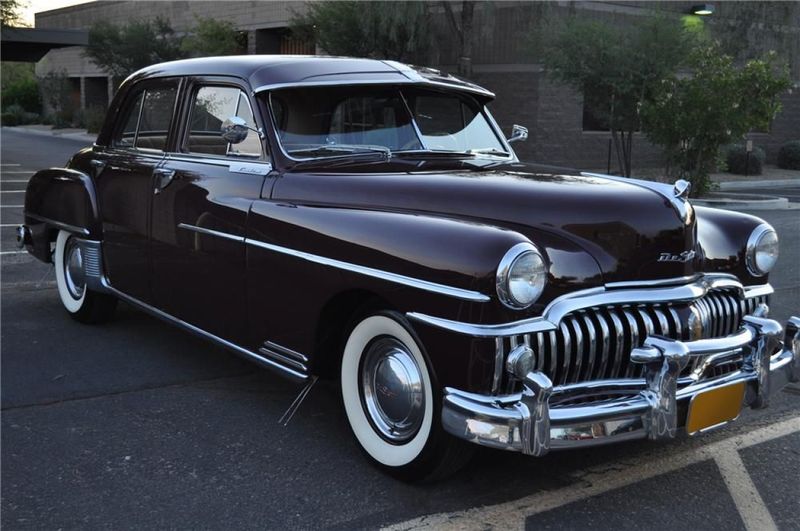
DeSoto captured hearts with its affordable luxury and iconic tailfins, thriving from 1928 until 1961. Part of Chrysler, DeSoto offered elegance and performance, riding high during the post-WWII boom. However, as Chrysler refocused on its flagship lines, DeSoto was left behind.
Despite its eventual fading, DeSoto’s stylish and performance-oriented models left a lasting imprint on automotive design.
3. Packard

Packard was synonymous with luxury and craftsmanship, producing some of the most opulent cars of the early 20th century. Renowned for advanced suspension and powerful engines, Packard shone brightly.
Yet after merging with Studebaker in the 1950s, competitive pressures became overwhelming. Production ceased by 1958, but Packard’s blend of luxury and technology continues to inspire luxury car designs.
4. Studebaker

From horse-drawn carriages to innovative sedans, Studebaker embodied American automotive evolution. Known for solid craftsmanship, Studebaker’s Avanti showcased design and technology ahead of its time.
Yet, as market dynamics shifted and innovation lagged, Studebaker succumbed to closure in 1966.
5. Pontiac

Pontiac roared into the scene with performance legends like the GTO, Firebird, and Trans Am. Its muscle cars redefined American road culture during the 1960s and 1970s. However, despite its iconic status, General Motors ended Pontiac’s journey in 2010 during post-recession restructuring.
Pontiac’s spirit of performance and innovation continues to influence enthusiasts and auto designers alike.
6. Saturn
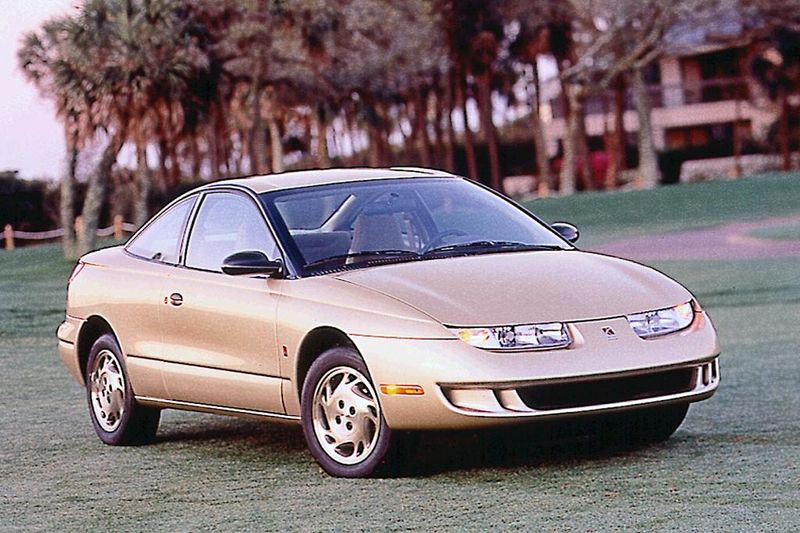
In the 1980s, GM’s Saturn was a bold experiment in automotive marketing and innovation. Known for its no-haggle pricing and customer-first approach, Saturn cultivated a loyal following. Despite its initial success, financial difficulties led to its closure in 2009.
Saturn’s approach to customer relations and innovative spirit still resonate in the automotive industry today.
7. Oldsmobile
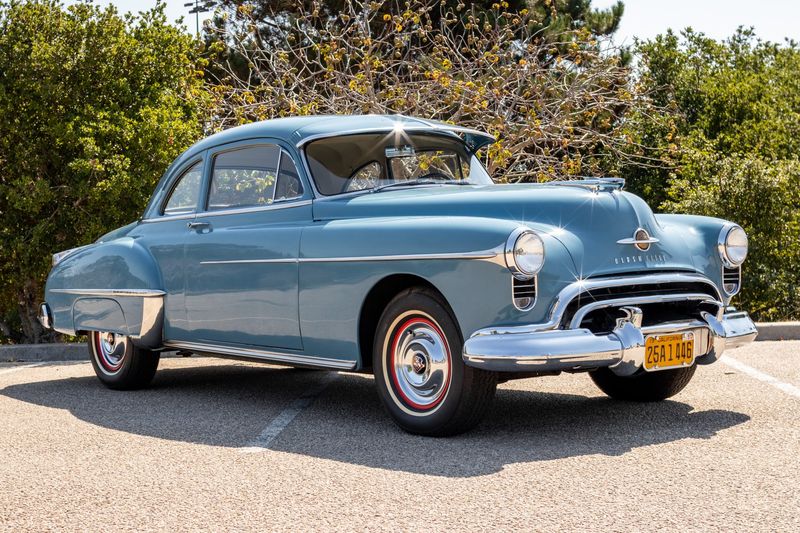
Founded in 1897, Oldsmobile was a stalwart of automotive innovation, credited with pioneering automatic transmissions and unique engines. Despite its significant contributions, challenges in sales and brand identity led to its closure in 2004.
Oldsmobile’s legacy is a testament to innovation, influencing future generations of car design and engineering.
8. Hudson

Hudson pushed the boundaries with its “Step-Down” design and NASCAR triumphs, embodying performance excellence. Its unibody construction offered unmatched rigidity and lightness. However, a merger with Nash Motors led to its name being eclipsed by AMC in the late 1950s.
Hudson’s innovations in design and engineering leave a lasting legacy, celebrated by car enthusiasts today.
9. AMC (American Motors Corporation)
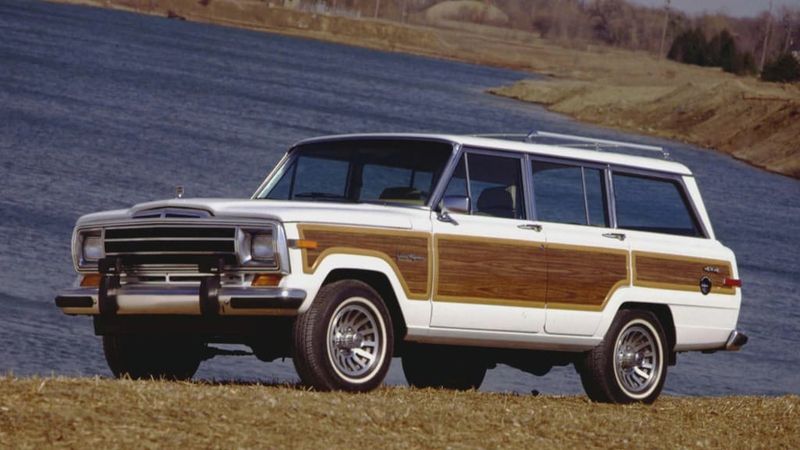
AMC made a mark with icons like the Jeep Wagoneer and Gremlin, proving small companies could innovate. Embracing compact and 4×4 markets, AMC’s influence was undeniable. Despite its bold moves, Chrysler absorbed AMC in 1987.
AMC’s daring spirit and contributions to automotive diversity continue to inspire modern manufacturers.
10. Duesenberg
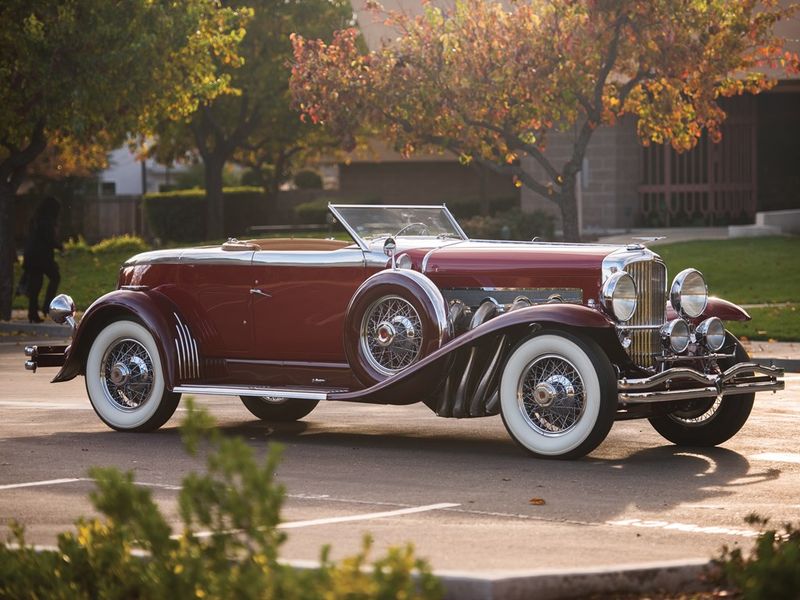
Duesenberg’s Model J was the epitome of luxury, captivating the elite of the 1920s and ’30s. Its powerful engines and grand styling defined opulence. Yet, the Great Depression’s economic impact led to its downfall.
Despite its brief existence, Duesenberg’s legacy of luxury and performance endures, still revered in automotive circles.
11. Mercury
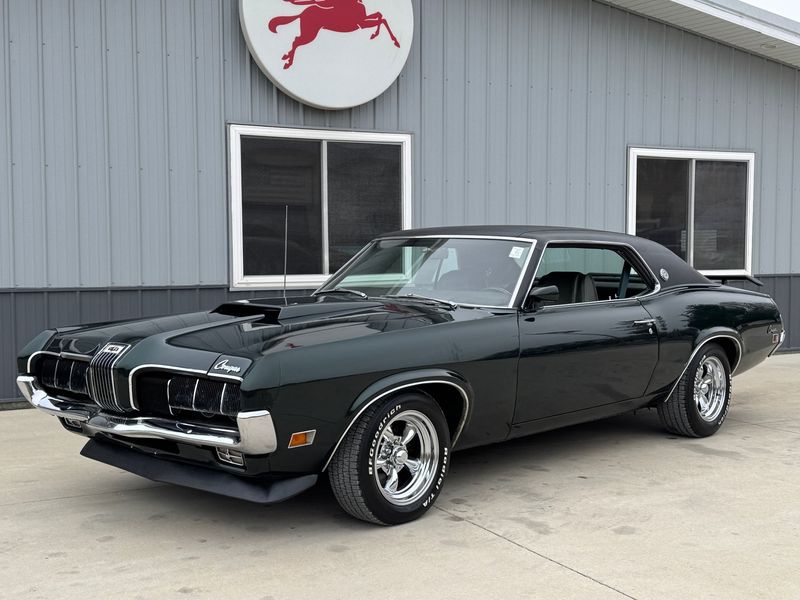
Mercury bridged the gap between Ford and Lincoln, offering sporty luxury through models like the Cougar. Its unique style captured enthusiasts, yet declining sales and identity challenges led to its end in 2010.
Mercury’s offerings of affordable luxury with an edge continue to influence automotive design and consumer expectations.
12. Kaiser-Frazer
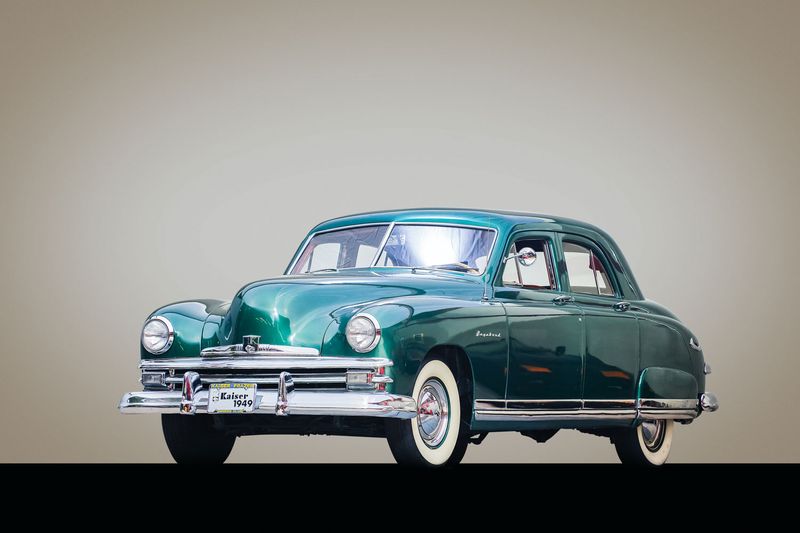
Post-WWII, Kaiser-Frazer aimed to compete with Detroit’s big players, offering modern designs at accessible prices. Despite a warm reception, sustaining competition proved difficult, leading to its closure in the 1950s.
Kaiser-Frazer’s ambition and innovation remain a noteworthy chapter in automotive history, influencing later design trends.
13. Crosley
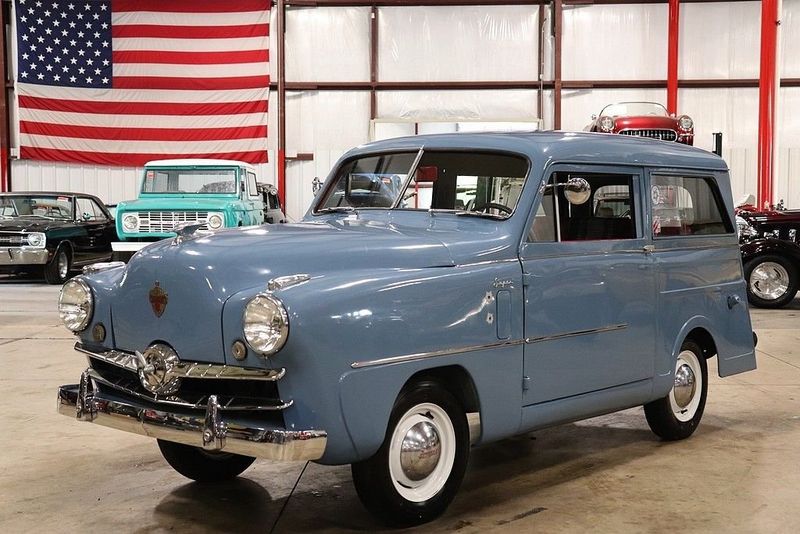
Crosley revolutionized with small, efficient cars, appealing to budget-conscious buyers. Known for more than just cars, Crosley was a household name in radios and appliances.
Post-WWII, the shift towards larger vehicles led to its decline by 1952.
